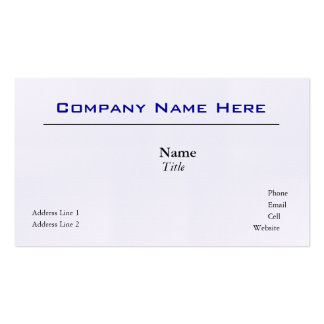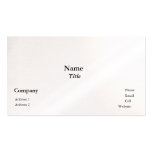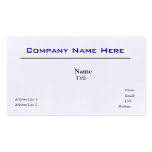Google AdWords is one of the most prominent and pronounced advertising mediums available to marketers today. Companies spend millions of dollars to get their ads seen by the individuals who search Google more than 3.5 billion times per day. The potential for unfathomable amounts of revenue to be earned is truly unparalleled when compared with nearly every other website in existence. This awe-inspiring potential has also made using AdWords a highly competitive, and sometimes quite costly, avenue to pursue. It is for this reason that marketers must focus their efforts into optimizing ads for the best performance possible and to harvest the most useful data available.
Much like the search engine itself, Google AdWords is constantly evolving to include new features, discard outdated elements, and put forth a product that is as advantageous it can feasibly be for marketers, consumers and Google. This time last year, Google implemented upgraded URLs for those that use tracking parameters (which everyone should). The new feature effectively separated the landing page URL and the tracking parameters so that slight alterations wouldn’t send ads to editorial reviews and temporarily take them out of commission. In the post announcing this update, eProfessional GmbH product and solution manager Johannes Lipka stated: “Upgraded URLs have been one of the most time-saving tools we’ve used in AdWords. It’s allowed us to change custom tracking parameters for a group of URLs all in one place, without re-setting ad stats. We plan to upgrade our clients’ accounts over to Upgraded URLs as soon as possible.”
This alteration has made updating parameters extremely simple and easy to do. But do be careful, however — minor changes could have great impacts on the results your campaign receives. When using ValueTrack, a URL tagging feature for collecting information about source clicks, there are several parameters that all businesses should be using to get the best results possible.
These URL parameters are bookended by a pair of {braces} which are part of an ad’s final URL, tracking template, or custom parameter. When a user clicks an ad, AdWords swaps out the parameter with a value based on the parameter itself and details of the person who clicked the ad.
To help you understand which parameters to use and what knowledge can be gained from said specifications, here are five ValueTrack parameters to implement in your next AdWords campaign.
1. {Matchtype}
By integrating the {matchtype} parameter with your ads, you are able to discover the type of keywords that triggered the ad display. The designations for this are either broad, phrase, or exact. Broad matching is for searches that include misspellings, synonyms, or other compatible variations. Phrase matching will display your ads for searches that are a phrase or a close variation of it. And exact is for searches that are an exact match.
{Matchtype} is crucial to implement because this will allow you to understand the types of words that are triggering your ads to populate. If your ads are continually turning up broad matches, that tells you there is room to refine your list and get more direct. Additionally, when analyzing lead and sales data, tracing the information back to specific keywords is very important as this will also help to purify your strategy.
Similarly, {keyword} will tell you exactly which word or phrase triggered the ad. If either of these elements are missing from your tracking parameters, you simply won’t have as comprehensive keyword data to build your next campaign upon.
2. {Creative}
Implementing the {creative} tag assigns a unique ID to the ad that generated the visit. This parameter is extremely useful as this will allow you to create multiple variations of a single ad, track each individually, and cross reference the unique indicators. This will help provide a thorough understanding of which ad messages, design elements, and concepts resonate most with your audience.
3. {Device}
Another highly informative parameter to utilize is the {device} tag. This will help you to establish the devices your ads are receiving the most traffic from. Device will break everything down into three categories; “c” for computer, “m” for mobile, and “t” for tablet. This information can help you further optimize your ads for the right audience and receive higher click-through rates.
Additionally, using the {devicemodel} tag can help narrow down the devices to find out exactly what visitors are using. This will give you more in-depth knowledge about your audience’s likes and dislikes; information you can never have too much of.
4. {Location}
The {location} parameter is an essential feature when it comes to refining geolocation efforts. This tag will provide information based upon the geographical location of the user who clicked the ad. This information can help to uncover audience’s you were not aware of and focus your ad offerings to the correct individuals in the correct regions for maximum interactions and conversions.
5. {Placement}
{Placement}, while only utilized for those running display campaigns, will show the domain name of site where the ad was clicked. If you are utilizing the display network, it is important to keep costs down by eliminating lower quality hosts that provide minimal value and doubling down on those that are proving to be a true resource; this tag shows you exactly how to do that.
Custom Business Cards
20% Off
All of these parameters, and many more, are vital for obtaining deep insights about how your ads are performing, where visitors are coming from, and why they clicked on your ad. Eliminating just one of these elements will drastically alter the results you receive and potentially skew your analysis for your next AdWords campaign. Be sure to utilize all of these tags when setting your ad parameters for the most comprehensive picture you can get.



















